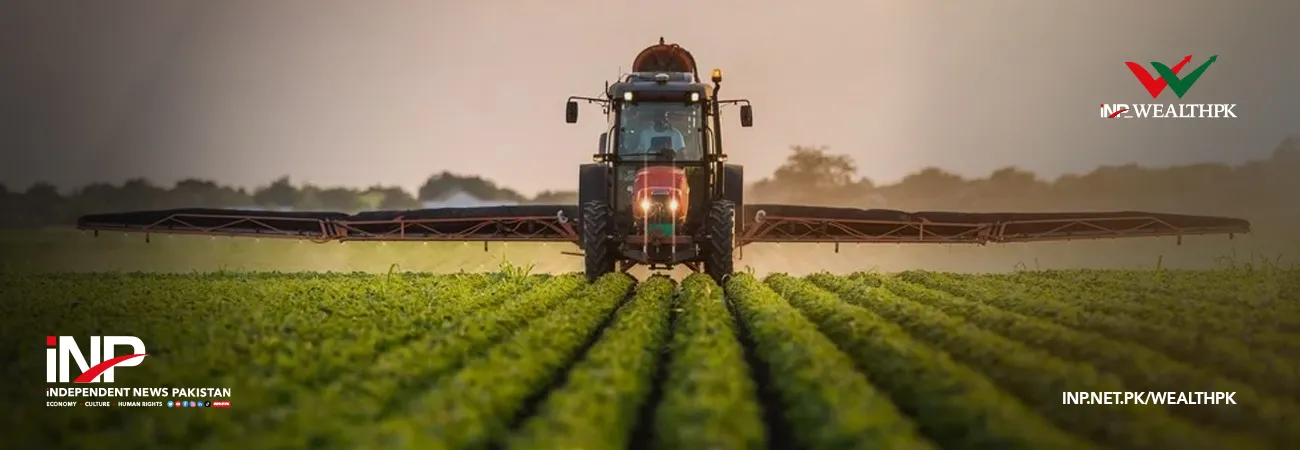INP-WealthPk
Arooj Zulfiqar
Access to credit is crucial for farmers, as it enables them to invest in modern farming techniques, purchase quality inputs, and mitigate the risks associated with production. However, in Pakistan, accessibility and effectiveness of agricultural credit disbursement pose both challenges and opportunities for farmers. During Jul-Dec FY2024, agricultural credit disbursement reached Rs1105.8 billion as compared to Rs842.4 billion last year, an increase of 31.3 percent. “The surge in credit disbursement signifies a growing recognition of the pivotal role agriculture plays in Pakistan's economy and the concerted efforts made by the government and financial institutions to support farmers,” said Faiz Rasool, Senior Policy Advisor, Global Alliance for Improved Nutrition (Gain). “The substantial increase in agricultural credit disbursement during the first half of FY2024 is a positive sign for Pakistan's agricultural sector. Access to credit is vital for farmers to invest in modern inputs, machinery, and technology, which are essential for improving productivity and income.
“This shift indicates that farmers in Pakistan are adopting new agricultural practices, including the increasing use of DAP fertilizer. This reflects their growing awareness of the significance of balanced fertilization and sustainable soil management practices. “It is of utmost importance to ensure that the credit reaches smallholder farmers, who make up the majority of agricultural households in Pakistan. To achieve this goal, there is a need to concentrate on improving financial inclusion and developing tailored interventions to meet the specific needs of small-scale farmers. This will ensure that the credit has the greatest possible impact on agricultural development,” said Faiz. Aamer Hayat Bhandara, a young Pakpattan-based farmer who co-founded Digital Dera, said, “Despite agriculture's crucial role in GDP, farmers often face challenges in accessing adequate credit to invest in their farms and enhance productivity.
As the country strives for agricultural growth, understanding the challenges and opportunities in agriculture credit disbursement becomes paramount,” he said. “It is necessary to understand that not all farmers in Pakistan are equally benefiting from expansion credit. The majority of farmers are smallholders and own less than five acres of land. Getting credit can be difficult for farmers, especially those in the rural areas. This is due to high lending costs and risks, as well as limited outreach and penetration of formal financial institutions. “Additionally, the farmers often lack financial literacy and awareness, which adds to the challenge of obtaining credit. Banks also make the process cumbersome by demanding many documents, and asking the farmers to pledge their land as collateral, which is often their only source of income.
“As a result, the farmers often turn to informal sources of credit, which charge high-interest rates, low prices for their crops, and keep them in a cycle of debt and dependence. Informal sources were used by 73.7% of farmers for credit, according to a report by the Asian Development Bank in 2019,” the Gain’s senior policy advisor said. “The farmers who get loans from formal credit sources sometimes face challenges in using and paying back their loans. These challenges include climate change, limited resources, not using the full loan amount, increasing interest rates, and difficulty in accessing quality inputs, technology, and markets. These factors affect how much farmers can produce, how much money they make, and how profitable their farms are. They also make farmers more vulnerable to unexpected problems and stress,” he added.
INP: Credit: INP-WealthPk













